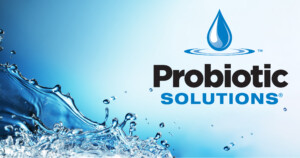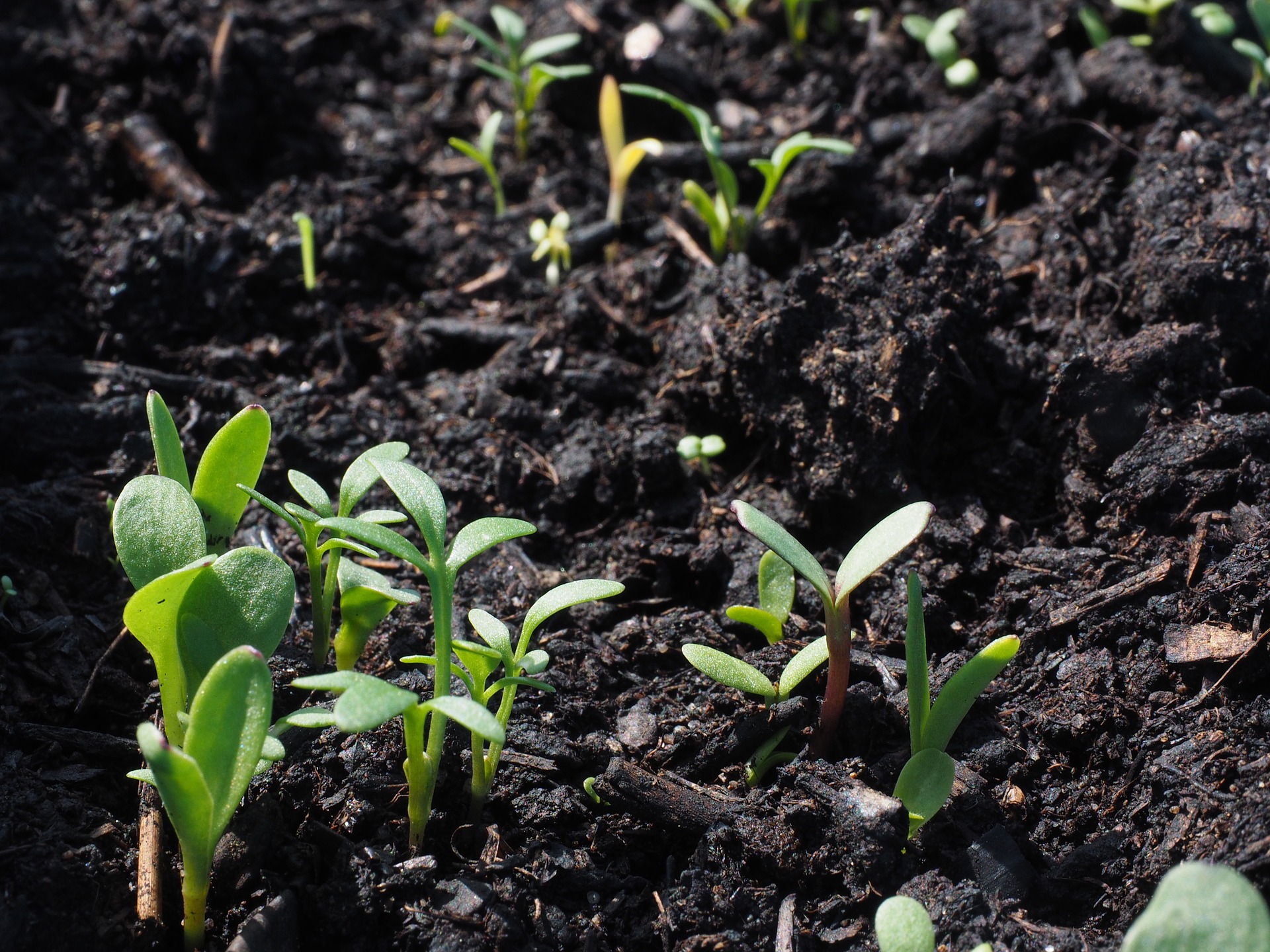By Jael Batty
Recycled sewage is a valued resource to farmers. Disposing of treated sewage by land-application is not only government-sanctioned, it’s considered environmentally responsible.
Clean Water Raises Sludge Problems
The U.S. Clean Water Act of 1972 that required municipalities to remove 85 percent or more of contaminants from treated wastewater significantly reduced water pollution. Because it opened a door to recycled water use, the act also created a sludge disposal issue. Sludge is a byproduct of residential, commercial, and industrial wastewater treatment, produced when solid waste is separated from liquid waste through settling.
Solving the Growing Sludge Crisis
Wastewater treatment plants (WWTPs) in the U.S. create billions of tons of sewage sludge every year. This poses a growing sludge disposal concern. However, according to the Water Environment Federation (WEF) and the EPA, sludge becomes a valued resource if it is land-applied to farm-fields. This approach to sludge disposal was government-sanctioned in the United States in the late 1970s.1
Marketing Sludge
In the 1990s, the National Federation of Wastewater Treatment Plant Operators held a contest for a more marketable term for sewage sludge. “Biosolids” was chosen from 250 suggestions. The term biosolids is used to describe sludge in Australia and the U.K., as well as in the U.S.2
What Farmers Always Knew About Sludge
While controversial among activists and consumers, land application of septic and sewage sludge is not a new practice. It’s no secret that manure––whether from cows, pigs or chickens––is beneficial to crops and soil. It’s no secret among farmers that manure from humans is also beneficial. Farmers have been land-applying raw sewage––at one time called “Night Soil”––to fields and crops for centuries.3
Beneficial Properties of Sludge
The organic matter in sludge conditions and improves soil structure. It is also known to improve water-holding capacity and increase beneficial soil microorganisms. Biosolids have high nutrient value. Nitrogen and phosphorus act as fertilizer. The phosphorus in sludge is valuable to farmers, as phosphorus is a necessary and costly fertilizer.2
How Sludge Is Made
WWTPs receive incoming residential and commercial wastewater, as well as pre-treated industrial wastewater.
- Incoming wastewater (influent) goes through a screening process.
- Non-biodegradable solids are removed to a landfill.
- Sludge is thickened to decrease its volume.
- Sludge is treated and decomposed by beneficial bacteria (microorganisms or microbes) and dewatered to a semi-solid state.
- Sludge is composted by blending with a carbon source––such as sawdust or straw––and oxygen. Beneficial bacteria digest the compost. Heat produced by composting kills parasites and pathogens.
- Lime may be blended into the sludge to bring the pH above 12, which kills the pathogens.4
Forms of Recycled Sludge
Sewage sludge takes many forms, including:
- slurry,
- dry powder,
- humus-like organic matter,
- granular,
- pellet,
- cake,
- lime-amended biosolids, and
- composted.4
How Sludge Is Applied
Farmers may till or plow dry biosolids into the ground. Alternately, they may spray a slurry onto the soil, or inject it directly into the soil. The leading application of biosolids is agricultural land application. Other uses include composting, incineration, use in land rehabilitation, forestry, and landfill.
Restrictions for Using Recycled Sewage
Biosolids are broken down into two classes: Class A, which is considered sterile, and Class B, which is for non-consumable use. Class B biosolids, which are permitted to contain pathogens, may not be used on food or feed crops. In addition, Class B biosolids are not for use on turf, for grazing animals, areas with public exposure, or for use on lawns and gardens.3
Because they are considered sterile, restrictions don’t apply to Class A biosolids. In fact, Class A biosolids are sold as compost to home gardeners under a variety of brands: EarthBlends, Earthlife, EKO Compost, Granulite, Growers’ Blend by Earthwise Organics, Miracle-Gro Organic Choice Garden Soil, Nitrohumus, Nu-Earth, Nutri-Green, Oceangro, OrganaGrow, and ORGRO. (Note: this list is not all-inclusive.)5
Do you put recycled sludge on your garden or farmland? How do you know if it’s safe? Tune in next week to read part two of this two-part series: Recycled Sewage: What Are We Putting on Our Farmland?
Citations:
- (1994) EPA Land Application of Sewage Sludge: A Guide for Land Appliers on the Requirements of the Federal Standards for the Use or Disposal of Sewage Sludge, 40 CFR Part 503, EPA, https://www.epa.gov/sites/production/files/2018-11/documents/land-application-sewage-sludge.pdf
- R Cowell (2010). Sludge, a free fertilizer for farmers, can pose health and environmental risks, Indy Week, https://indyweek.com/news/sludge-free-fertilizer-farmers-can-pose-health-environmental-risks/
- (2011) Class B biosolids, Sourcewatch, https://www.sourcewatch.org/index.php/Class_B_Biosolids
- (1997) Sludge Treatment and Disposal: Management Approaches and Experiences, European Environment Agency, https://www.eea.europa.eu/publications/GH-10-97-106-EN-C/file
- About sewage sludge: branded products containing sewage sludge, Sludge News, http://www.sludgenews.org/about/sludgenews.aspx?id=5
Please note that this article does not reflect the views of Bio Huma Netics, Inc., the developer of Probiotic Solutions. This information is intended to be informational.
Related Posts

This Week in Ag #12
#Plant23 is well underway. From the time seeds are sown, how many days should it take for crops to emerge? That can vary greatly, from days to weeks. But for many crops, it’s not really about calendar days, but Growing Degree Days (GDD).

Let’s Talk Nutrients for a Minute
by Heather Jennings, PE Generally, in the wastewater industry we talk about 100 mg/L BOD to 5 mg/L Nitrogen to 1 mg/L Phosphorus. The values for nitrogen and phosphorus can be higher or lower than this, but it’s the average number that many wastewater system designs are built around. If you look a little further,...

BHN Hosts PFAS Training for Water and Wastewater Plant Operators
Bio Huma Netics hosted a 6-hour PFAS training seminar on February 23, 2022. Co-Sponsored by the Rural Water Association of Arizona, the event provided education on the problem of per- and polyfluoroalkyl substances (PFAS) contamination in water. Speakers at the event included Heather Jennings, PE, Director of Probiotic Solutions®, Cathy Swanson, West Regional Sales Manager...


